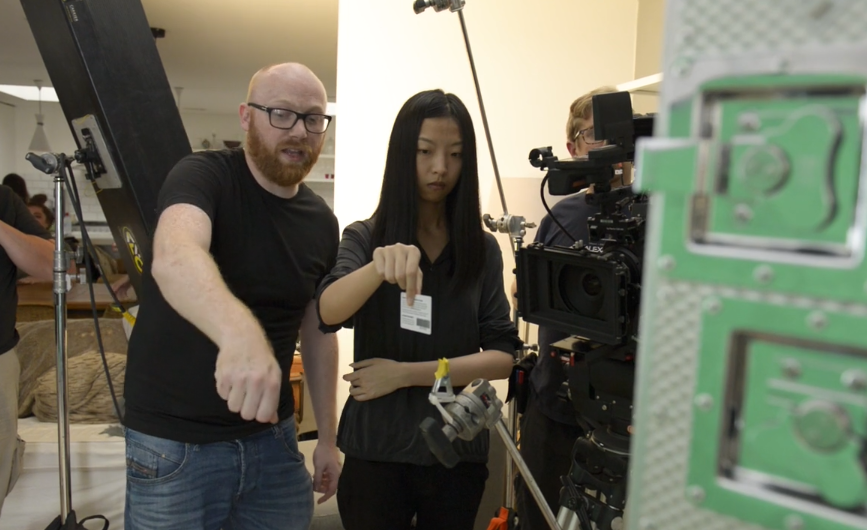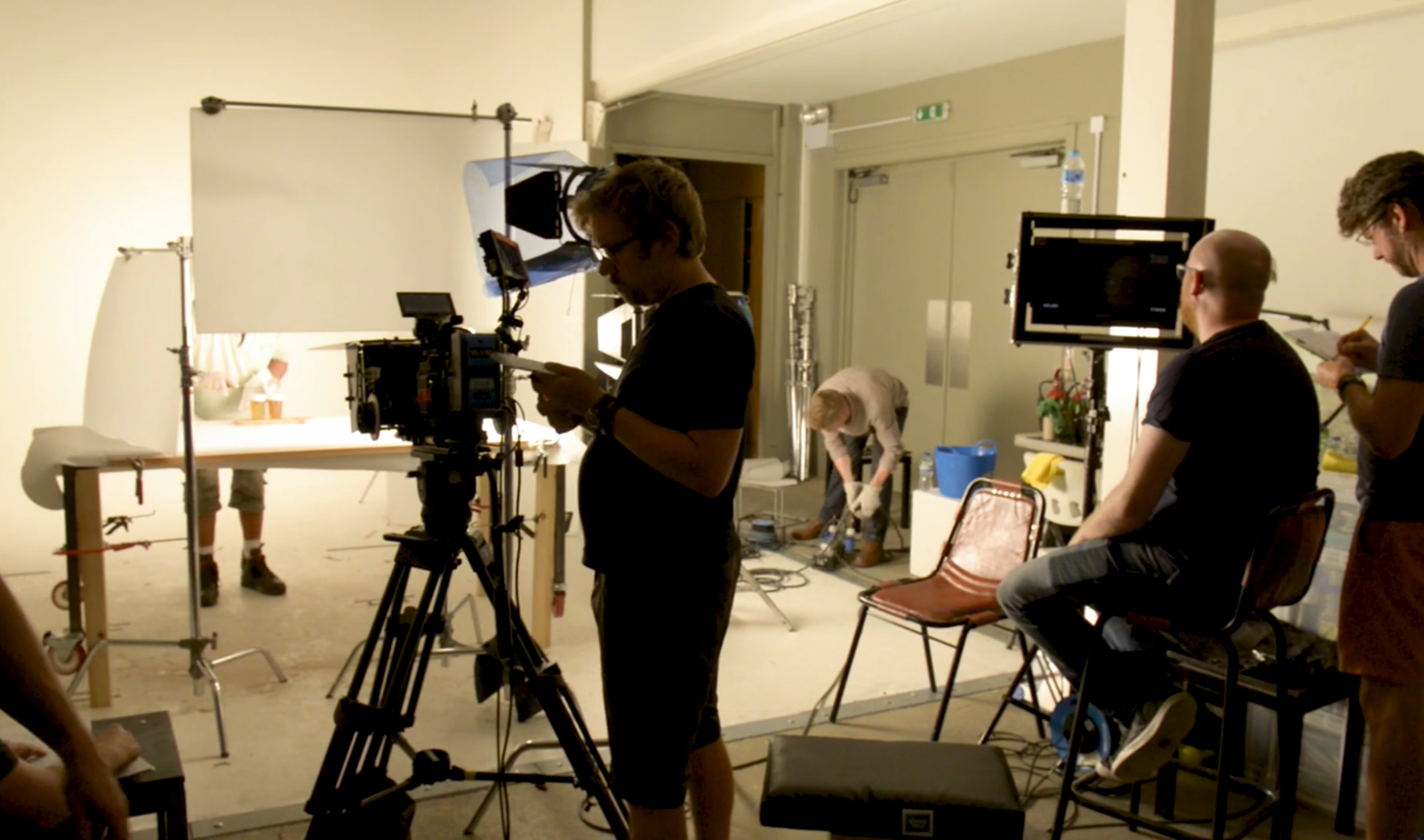How to balance quality and quantity: 3 tips for creating premium social media
How can brands possibly catch attention in the mere seconds it takes to swipe past an Instagram ad? Scott Freeman, co-owner of The Operators Creative, has found a way. Read on for the breakdown of an emerging trend known as ‘Premium Social’.

Only 10 short years ago, most agencies would sneer at the thought of investment in social marketing. Industry stalwarts would much rather funnel £100k into an eye-catching TV campaign than place that money behind a Facebook video. But things have changed.
By the end of 2016, over 2.8 billion people were using social media, and that number has only grown. We’re not simply watching television anymore, and brands are taking notice. Just a few months ago, Adidas turned its back on TV commercials, focusing instead on online strategy with a $4.25b target.
Brands that invest in high-quality, high volume images and video – developed specifically for social media – are going to stand out. So how can creatives maintain Premium Social standards, especially when working to a lower budget? The Operators explain.
.png)
1.“Integrated” is more than just a buzzword. It’s key to social media in 2018.
Social content creation usually comes with challenging pipeline. The sheer quality of assets required for various social platforms and channels, along with tight timelines, means you cannot think along traditional lines. When you’re working to three weeks rather than three months, the big budget TV commercial approach won’t work. You need to think with agility.
The key is to build an integrated mindset – or at the very least a diverse team. You need to come at projects with a 360-degree mindset, pulling on all areas of expertise and experience to think around challenges, rather than allow them to prevent your creativity.
On receiving a new brief, think about a project from all angles, and work out what will deliver the best possible quality within the budget. No budget to close the streets and get permits? Film entirely with GoPros and make that the aesthetic. Need to do a zoom shot but don’t have the specialist crew, tracks, and grips? 3D camera project mapping can achieve the same look. The approach doesn’t matter – what matters is that the story is told well and that the content is engaging.
These solutions come from collective experience – so make sure you have a team that understands different processes and approaches, and new avenues will open to you.
.jpg)
2. Think about formats from stage one – even those the client doesn’t ask for
Your idea will rarely sit in one place. Clients will want content on Instagram, Facebook, Twitter, YouTube… and then visuals for the launch conference, and ‘added value’ content for Snapchat, and beyond. You’ve got vertical delivery, you’ve got square delivery, you’ve got one-to-one film, you’ve got 16x9 film. You’ve got Pinterest and profile images. You need to think about these formats before you’ve even stepped into the room.
We’re talking about more than simply “being prepared”. To see return on investment on social advertising, you need to make the most of the content produced, and that means making it suitable for as many different channels as possible. If a client wants to add Snapchat to the mix in the eleventh hour, do you want to go and reshoot? Or do you want to consider the possibilities, shoot in preparation, and build a process that allows for easy manipulation of end results? The answer should be obvious.
When approaching a shoot, consider what you need to do to frame a product or capture a performer in such a way that the image can be easily manipulated to fit multiple different formats. Always think mobile first, but be prepared to break out to desktop if it’s something the client is likely to ask for. Working in this way means you can create more content, at a higher quality, without breaking the bank.

3. Remember: creating premium social content means considering all options, all of the time
So…social content needs to sparkle. It need to have motion. It need to look different from anything else a user is seeing on the many kilometres they scroll through over the weeks, months and years. And yet it also comes with a smaller budget and a greater need for volume. How to untangle that conundrum?
The key is to approach campaigns by closely considering the final deliverables and working out the most efficient production plan. For instance, by planning a stills and video shoot simultaneously, it's possible to trim out unnecessary labour and equipment. You don’t hire a separate photographer, or a director, and get hit with extra usage costs. Procurement gets good value for the budget, the client gets high-quality content on a shorter turnaround, and the social team gets a BTS video on top of the initial online content they needed, to boot.
It may seem like it’s been around forever, but social advertising is a growing, evolving space. It’s gone from static images with text to videos with high production values, computer animation, real actors and more in an incredibly short space of time. Standard protocols, procedures and outputs are yet to be defined. But if you embrace the rise of social media, and find ways to tackle the challenge ‘premium social’ places ahead of us, you’ll only find increased success in the years to come.
.png)